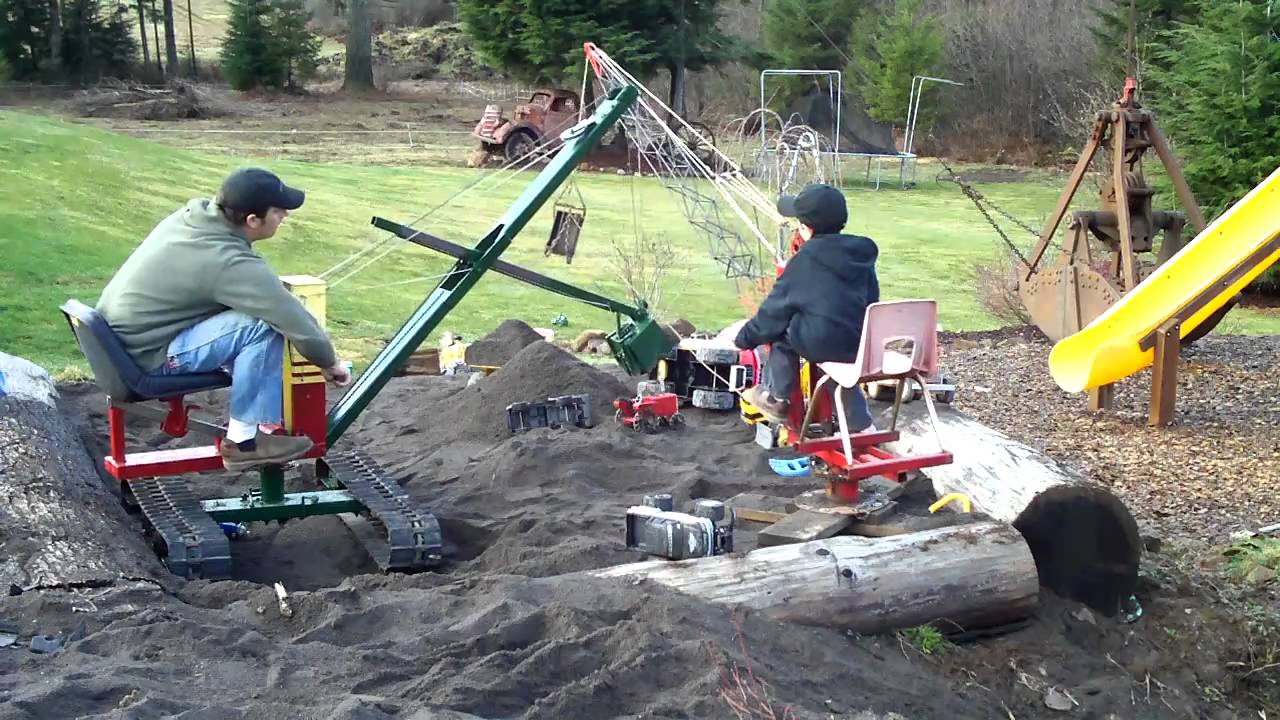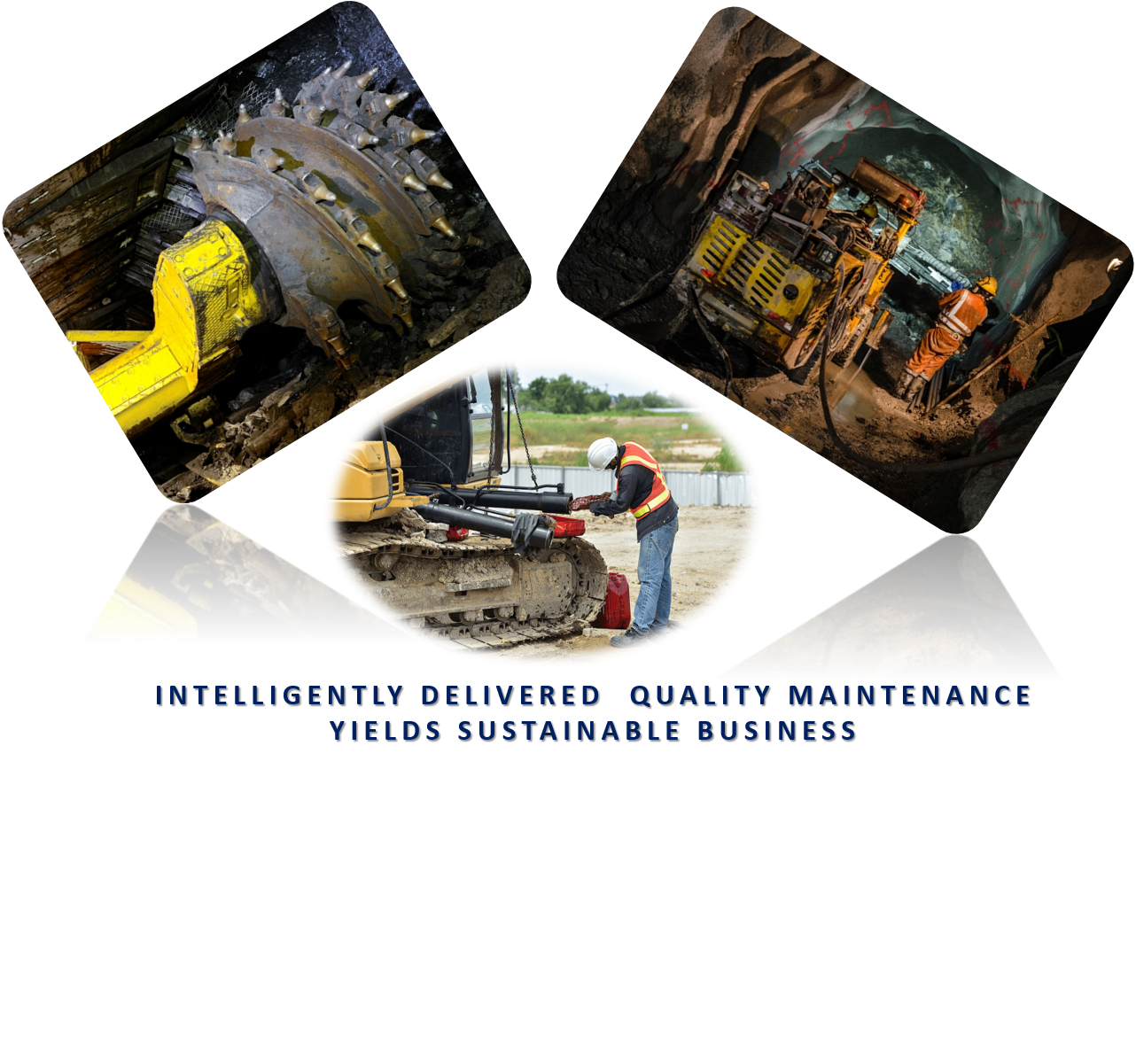Rules and Regulations for Safety Management in Mines
(April 27-29, 2023 at IIT Kharagpur Kolkata Campus)
A union leader in a mining company has multiple roles with a lot of different types of responsibilities. He must be an organizer, an educator, a mobilizer, a sounding board, a communicator, and an enforcer of workers' rights on the job. Thus it is essential that the Company bring the Union Leaders in its scheme of Continuing Education for Professional Development. To this end, IIT Kharagpur is very happy to learn the initiatives of BCCL and would be happy to conduct a 3 days Training Program under its Off-Campus Continuing Education Program. The Tentative coverage of the program will be, inter alia:
1. Technology deployment and statutory aspects in the mining industry
2. Development of Safety Culture in the working community: Roles of Union and Management
3. Activities of Union Leaders and Relevant Information Management
4. Necessary Knowledge Base for Union Leaders
5. Mode of discharging responsibilities by Leaders
6. Unions Roles in Social Welfare, Environment, and Sustainable Development
After going through this training the Participants will be able to:
1. Define the roles and responsibilities of the Union for its members, community, and the organization
2. Describe how the interests of the employees are better served through Unions when the workers have their specific skill sets and are well-educated.
3. Specify the core values of the unions and derive opinions on the idea of justice, progress, and betterment of self and of society
4. Plan activities to enhance safety, welfare, and fair service recognitions in the company
The participants in this training program will be made users of MOODLE and the course materials and lectures will be available on a website dedicated to teaching and learning. The effectiveness of this course will be evaluated through online quizzes. A certificate of Participation will be issued to the registered participants.


